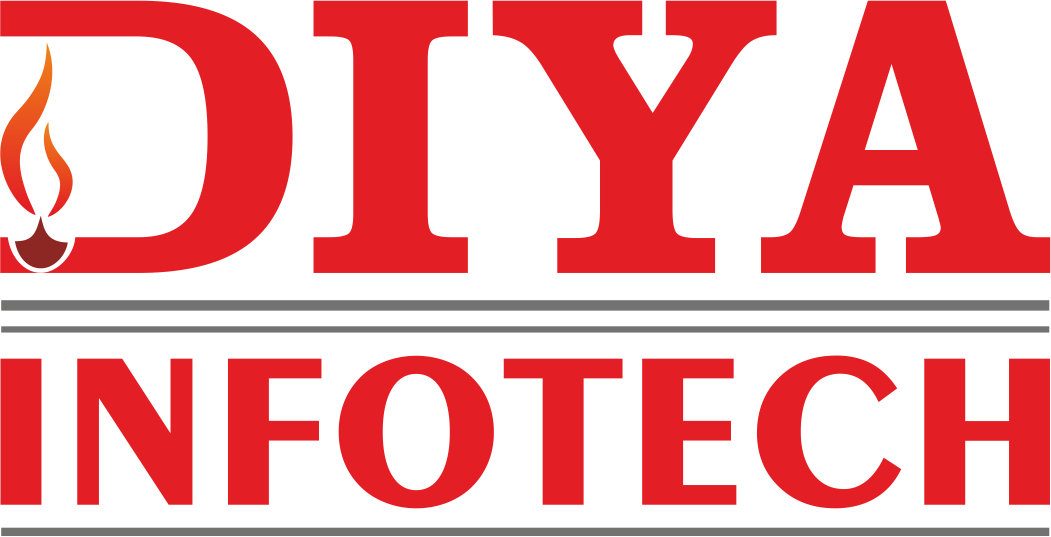Why Data Backup is necessary
Data backup is important because it protects against data loss, ensuring business continuity and personal data security. Here are the key reasons why you should always back up your data: Protection Against Data LossAccidental deletion, hardware failure, or software corruption can lead to loss of important files.A backup ensures you can recover lost data quickly. Security Against Cyber ThreatsRansomware attacks can lock your files and demand payment for access.A backup helps restore data without paying hackers. Disaster RecoveryNatural disasters (fires, floods, earthquakes) can destroy physical storage.Cloud or offsite backups ensure…
